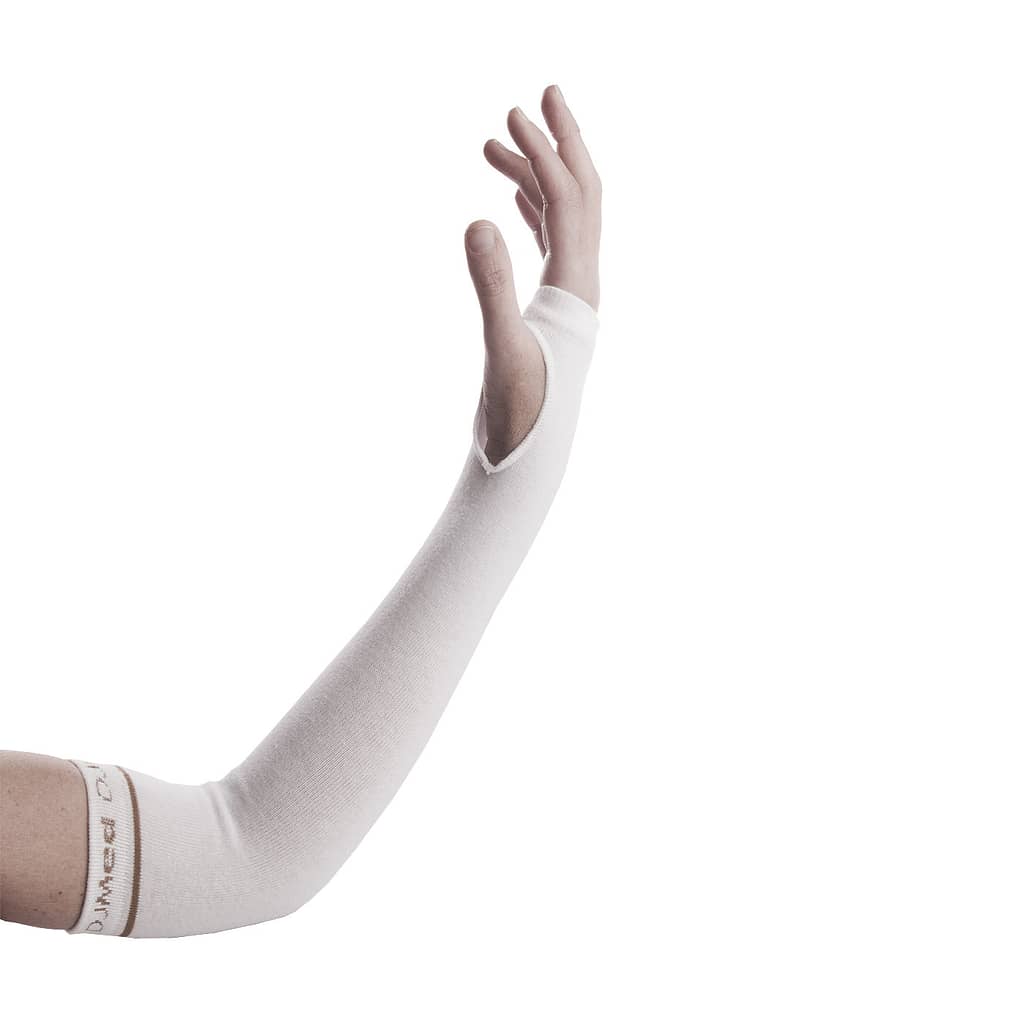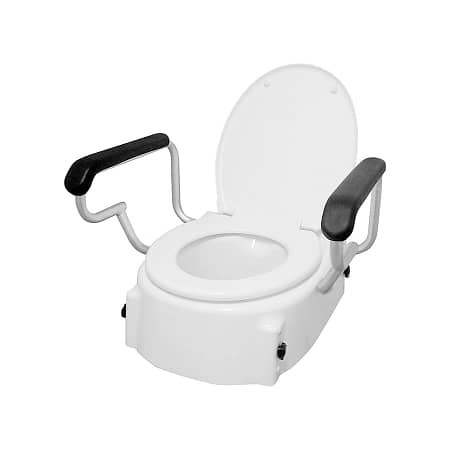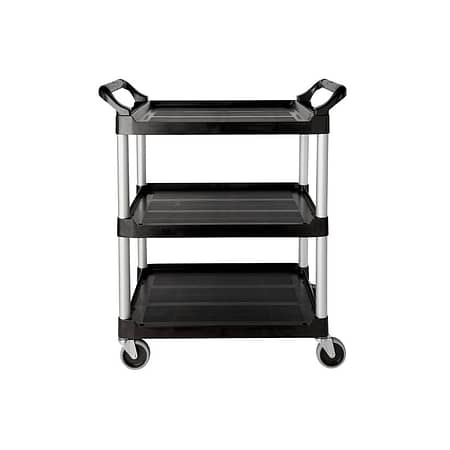Are there specific limb protectors designed for children and adults with sensory sensitivities?
Understanding Sensory Processing Disorders
Understanding sensory processing disorders is crucial for recognizing the challenges faced by individuals with sensory sensitivities, impacting their daily lives significantly. These conditions, wherein the brain has trouble receiving and responding to information that comes in through the senses, can affect activities of daily living, social interactions, and learning experiences. The introduction of limb protectors designed specifically for those with sensory sensitivities marks a significant advancement.
By focusing on non-irritating, breathable materials and ergonomic designs that ensure comfort without overwhelming the senses, these protectors offer both physical protection and a sense of security, enabling individuals to navigate their environments more comfortably and confidently. This blend of safety and sensory accommodation is essential in supporting the well-being of children and adults with sensory sensitivities, allowing them to participate more fully in daily activities without unnecessary distress.
Features of Limb Protectors for Sensory Sensitivities
Material Considerations
The choice of material is critical in creating limb protectors that are both effective and comfortable for individuals with sensory sensitivities. These materials must tick several boxes to be deemed suitable:
- Breathability and Comfort: Materials should allow the skin to breathe, preventing overheating and maintaining comfort over extended periods. Fabrics like soft cotton blends, bamboo fibres, and moisture-wicking materials are preferred for their ability to keep the skin dry and comfortable.
- Non-irritating Fabrics: It’s crucial to use materials that are gentle on the skin and do not cause irritation. Hypoallergenic fabrics, free from harsh chemicals and dyes, minimize the risk of skin reactions, making them ideal for sensitive skin.
Design and Ergonomics
The design of limb protectors for those with sensory sensitivities should prioritize ease of use, comfort, and minimal sensory disruption:
- Adjustable Features for a Custom Fit: A one-size-fits-all approach does not work well for limb protectors, especially for those with sensory issues. Adjustable straps, Velcro closures, and elastic fabrics can provide a snug, but not constrictive, fit that can be easily tailored to the wearer’s comfort level.
- Sensory-friendly Fastenings: Traditional fasteners like buttons and zippers can be problematic for individuals with sensory sensitivities. Magnetic closures, soft Velcro, and seamless designs are preferred for their ease of use and minimal sensory impact.




Choosing the Right Limb Protectors
Assessing Individual Needs and Preferences
Choosing the right limb protector involves understanding the specific needs and sensory preferences of the individual. Consider factors such as the level of activity, areas of sensitivity, and any specific conditions or allergies that might influence material choice. Tailoring the selection to match these personal preferences ensures the limb protector enhances comfort and protection without becoming a source of discomfort or sensory overload.
Size and Fit Guide for Children and Adults
Selecting the correct size and fit is crucial for limb protectors, especially for individuals with sensory sensitivities. A well-fitting limb protector should snugly cover the area without restricting movement or circulation. It’s important to refer to sizing guides, which usually include measurements for various age groups and body sizes, to find the best fit that offers optimal protection and comfort.
Maintenance and Care Tips
Proper maintenance and care of limb protectors extend their lifespan and ensure they continue to provide the necessary protection without irritating the skin. Washing instructions typically recommend using gentle, hypoallergenic detergents and avoiding fabric softeners that can leave a residue. Drying should be done in a way that maintains the integrity of the material, avoiding high heat that can alter the fabric’s texture or fit. Regular inspection for wear and tear is also advisable to ensure the limb protector remains in good condition.





















